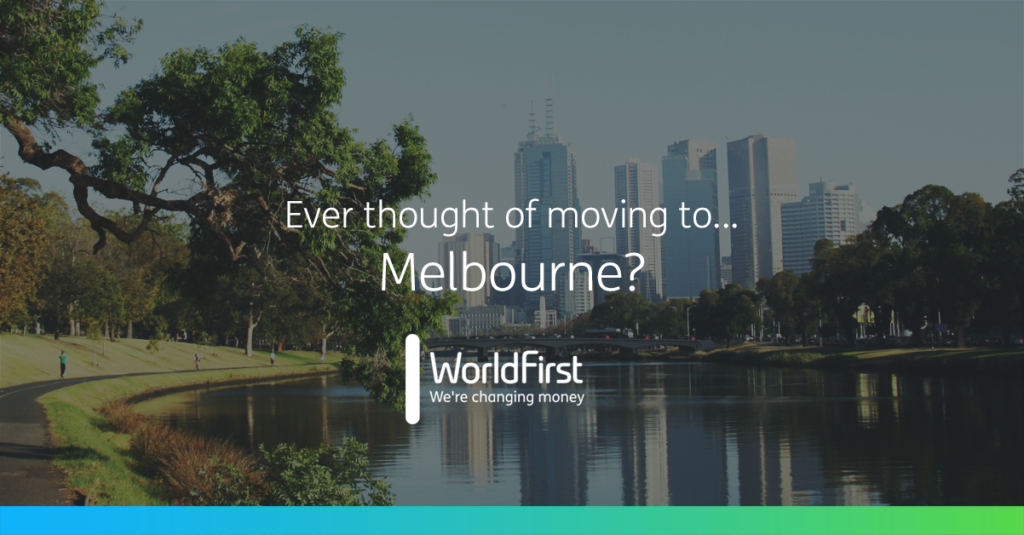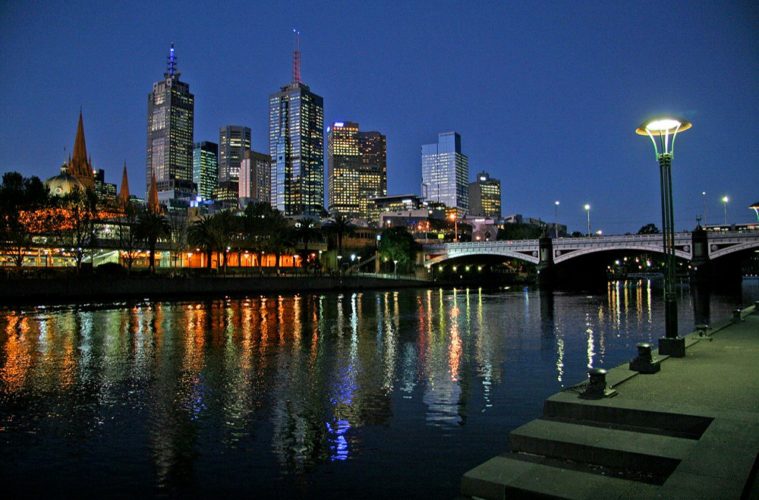Pricey property and a creaking public transport system, but getting about is cheaper and you’re close to beaches and parks in this relaxed city.

Where to live
First of all, here’s the history bit. Despite Melbourne only having existed since around 1835, this relatively young city has been through a lot ever since. Following the economic boom as a result of the discovery of gold in the region – which at the time made Melbourne the world’s richest city – that legacy of wealth has left Melbourne with some beautiful Victorian architecture.
Which is exactly what you’ll find in the neighbourhoods of Hawthorn and Sandringham, both of which are ideal for families with their stunning parks. Hawthorn is just five miles from the city centre, with bayside-Sandringham about nine miles away. For beachside living, relaxed Williamson and Brighton are popular choices. For those with edgier tastes, try the young, creative town of Brunswick or the hipster Fitzroy.
How far your money goes
Property prices in Melbourne are on the up, having risen by over 10% in the year to July 2015. Everyday essentials are also likely to be on the expensive side, and your weekly food shop is likely to cost more than what you’re paying in the UK. That said, you’ll find that some things will cost less. The average meal out for two costs £36. Getting about is cheaper too, with a litre of petrol at 63p, new cars thousands of pounds cheaper and public transport between a third and half as much as in the UK. (Figures from Numbeo).
Getting about
Melbourne’s public transport network of trains, buses and trams is inexpensive, safe and covers a wide area. Everything works with a prepaid card, known as Myki (a bit like an Oyster card, for those in London). Trams within the city centre are completely free. However the system is aging and is not adapted to the current population of the city, which can make public transport a frustrating experience during peak times.
Cuisine
Melbourne is Australia’s culinary hotspot, with everything from world famous cuisines to small burger joints and food trucks. There’s a real diversity of ethnic restaurants hidden down Melbourne’s laneways, and even Gordon Ramsay has something good to say about Melbourne’s foodie scene, calling it “Australia’s culinary engine room”. From him, that’s praise indeed.
Schools
The school year in Australia runs from late January until early December and is divided into four terms, with the summer and Christmas holidays being combined into one. State schools are of a good standard, and every child is guaranteed a place at their local school. The University of Melbourne and Monash University are regularly ranked highly in the top Australian Universities, with the University of Melbourne at number 33 in the 2015 Times’ worldwide Higher Education rankings.
Best bits
- Half of the population is less than 35 years old (it’s up to you whether you think that’s a good or a bad thing)
- Beaches close to the city centre, and well-kept parks as well
- Interesting culture
- A cheaper and shorter commute
- Summer festivals
Worst bits
- While summer is fun-packed, not a lot happens over the winter
- Public transport can’t keep up with the growing population
- Isolated, the closest overseas holiday is New Zealand
- Pricey property
So there you have it. Melbourne in a nutshell. If you fancy a move down under, that may have given you food for thought. Click here to find out more about using World First to transfer money to Australia.


